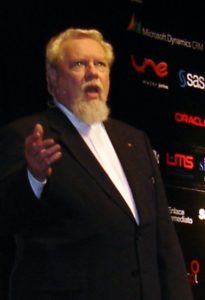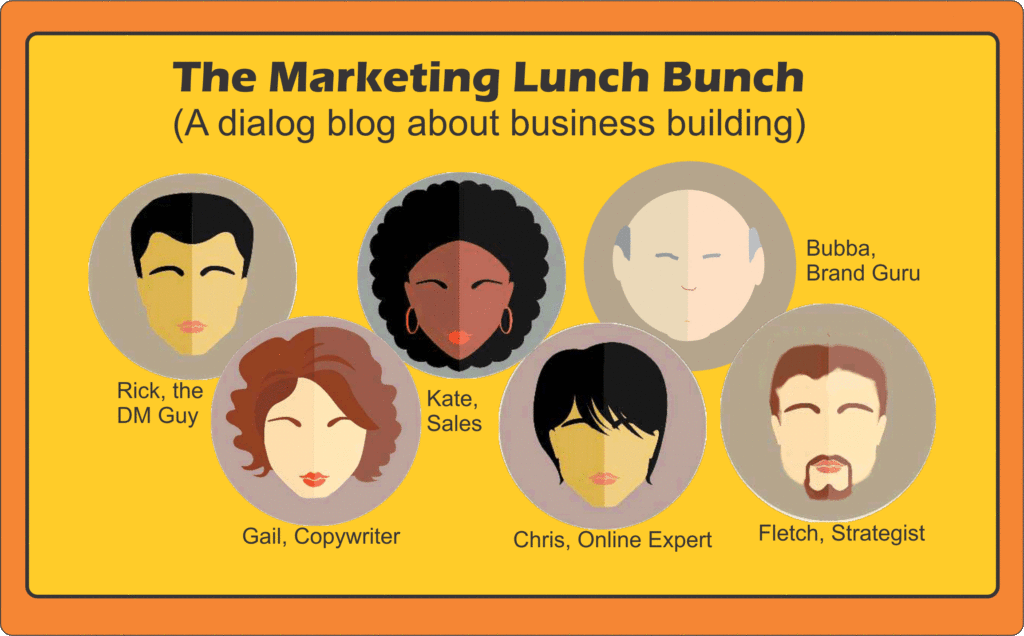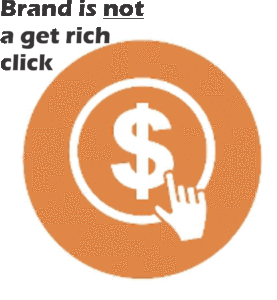 Late today I got a call from a young man striving to get the same sort of business levels here in the Pacific Northwest that he and his wife had been enjoying in Texas. I agreed to meet with him and immediately turned to my files to see if there were tips I had passed along in articles that might help him.
Late today I got a call from a young man striving to get the same sort of business levels here in the Pacific Northwest that he and his wife had been enjoying in Texas. I agreed to meet with him and immediately turned to my files to see if there were tips I had passed along in articles that might help him.
This was first posted in 2013.
Bill got right to the point. He asked, “You’re the expert at on line marketing how can I put my half of the seminar attendees in their seats?”
“Back up,” I said. “Your half?”
Bill explained, “I’ve worked out a deal with a client to host a seminar and they will put 10 people in the room and I have to provide the other 10. I’ll present and they will host the room and the lunch. It’s a win-win if I can get those other seats filled without having to buy the room.”
“Buying the room is a theater expression for providing free tickets to an event to fill the room so it looks like it is a hit.”
“So,” I asked, “Why are you buying me coffee?”
He reviewed his plan to send out e-mails to his list of connections that had opted into his newsletter and even showed me the rough outline of his message.
Bill got a blank expression when I asked him, “What is the subject line?”
He was so wrapped up in the message that he forgot that you have to get the e-mail opened. There are two things people look at before opening an e-mail:
- Who it is from
- The subject line
The more personal the message appears, the more often it is opened and the easier it is to accomplish your objectives.
I told Bill, “If you have to put 10 people in the room the process they are going to go through is:
- Open the e-mail (Open rates from a Newsletter list are good, up to 50% but don’t count on more than 20%)
- Read the offer. Reject you, look for more information or register (Rejections—80% at least. The measure here is click-throughs)
- If they look for more their options are to reject or register. (About 20%, with luck will register).”
Bill, who is a numbers guy said, “So if I hear you correctly, if I went out to 100 people only 20 would open the message. A best 4 would look for more information. Of those maybe 1 would register.”
“Right, “I said, “so the number you go out to is critical. With those analytics you need to go out to 1000 to get your ten. BUT I can increase our odds. Put their name in the subject line and you get a 15% to 25% increase in opens.
Do the math. That gets you 40 opens, 8 click-throughs and 2 registrations per 100 e-mails sent.”
Bill said, “Thanks, with the personal touch it now seems possible.”
How you handle the click through (CTA) to more information and the page which that delivers can also increase your odds but the single most important factor is getting them to open your message. Personalizing does that.
 Jerry Fletcher is a beBee ambassador, founder and Grand Poobah of www.BrandBrainTrust.com
Jerry Fletcher is a beBee ambassador, founder and Grand Poobah of www.BrandBrainTrust.com
His consulting practice, founded in 1990, is known for Trust-based Brand development, Positioning and business development on and off-line. He is also a sought-after International Speaker.
Consulting: www.JerryFletcher.com Speaking: www.NetworkingNinja.com













